The Real Story of St. Patrick's Day: Why We Party and Wear Green on March 17
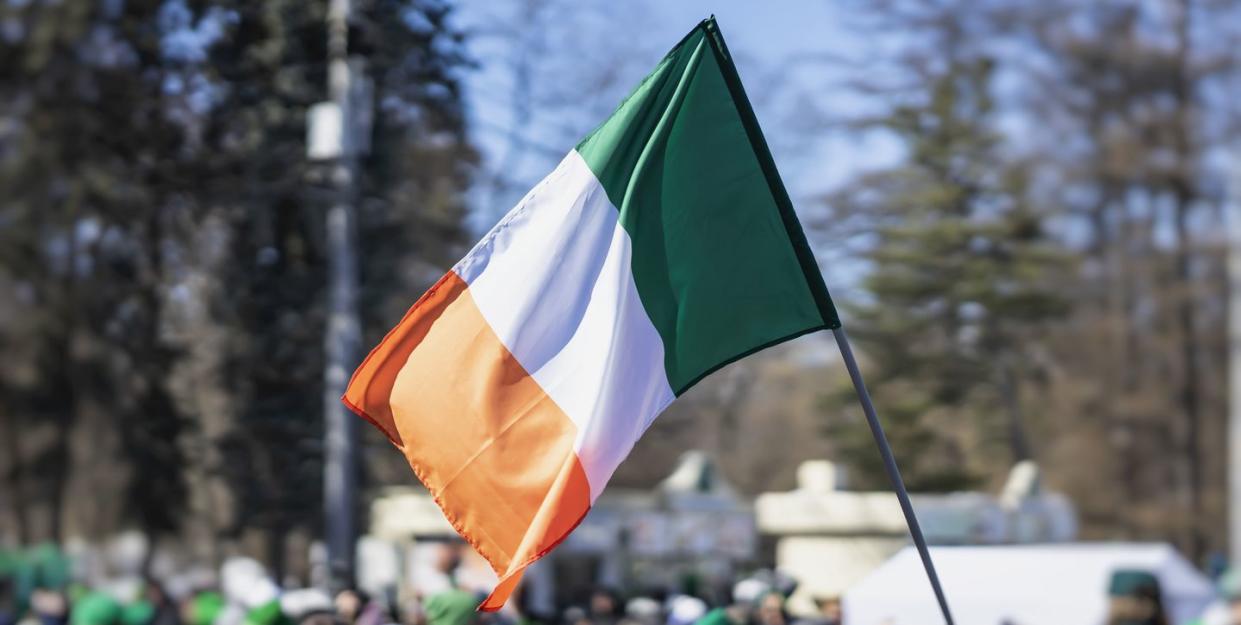
- Oops!Something went wrong.Please try again later.
Find the green in your closet and get those green cocktail recipes ready: St. Patrick's Day 2023 is coming up Friday, March 17! You certainly don't want to get pinched if you aren't donning the color of the Emerald Isle. But before you head the pub or catch a parade or other St. Patrick's Day events, you might be wondering where all these Irish festivities so full of green and shamrocks came from.
St. Patrick's Day commemorates the day that Saint Patrick, a fifth-century priest known as the patron saint of Ireland, died. But why do we wear green? What did Saint Patrick do, and what are his ties to Ireland? And did you know that many beloved St. Patrick's Day traditions, including those lively parades, began in America and were later picked up by the Irish?
To fill you in on St. Patrick's Day history and trivia, we've got all the info you need below, including if leprechauns are real and how they fit into this day of green.
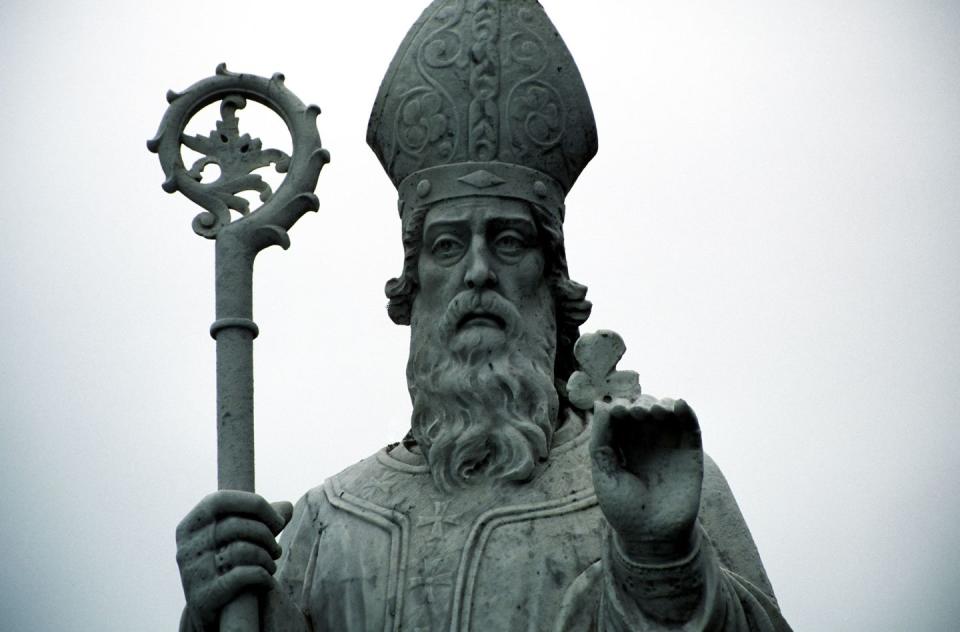
What Did St. Patrick Do?
Saint Patrick was born around 386 CE in Roman Britain, possibly in the area that is today known as Wales. At the age of 16, he was enslaved and taken to Ireland, where he spent six years in captivity. He then escaped, only to later return to bring Christianity to the people of Ireland—not the kind of light-hearted hijinks you might think would inspire a holiday so devoted to it.
During his life, Patrick became a priest and founded schools, churches, and monasteries throughout the Emerald Isle before his death on March 17, 461 CE. However, some are surprised to learn that the patron saint and national apostle of Ireland was never canonized as saint by the Catholic Church. This lack of official sainthood is because there was no formal canonization process in the 400s. Calling him "Saint" Patrick is likely to have caught on and stuck over time due to his popular acclaim.
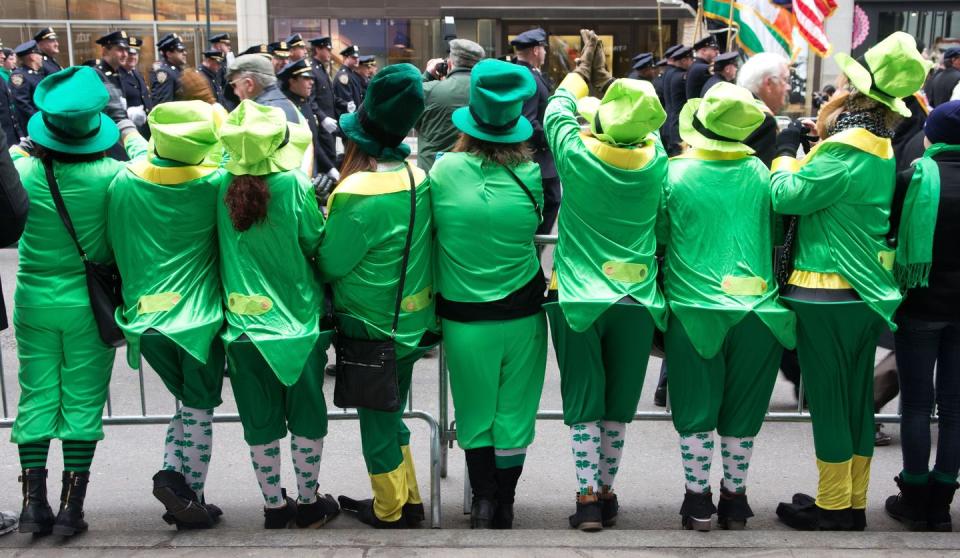
When Was the First St. Patrick's Day?
According to Historic UK, St. Patrick's Day has been commemorated on March 17 since Patrick's death in the fifth century. As early as the ninth or tenth century, Christians were observing it as a religious feast day. The holiday was officially added to the Church calendar in the early 17th century. As for the first St. Patrick's Day parade, though not the raucous occasion we know today, that took place in 1601 in St. Augustine, Florida (the Spanish colony had an Irish vicar!).
Because St. Patrick’s Day falls during Lent, it became a day for Christians to take a break from the abstinence practiced during the weeks leading up to Easter. By the 1700s, the holiday had started to take a decidedly more festive turn than its founders had intended.
In America, St. Patrick's Day slowly shifted from a religious observation to a secular celebration of Irish heritage thanks to Irish immigrants. And while the Irish-American population increased dramatically during the 19th century, in part due to Ireland's Potato Blight of 1845, St. Patrick's Day traditions in the U.S. stretch back a century earlier.
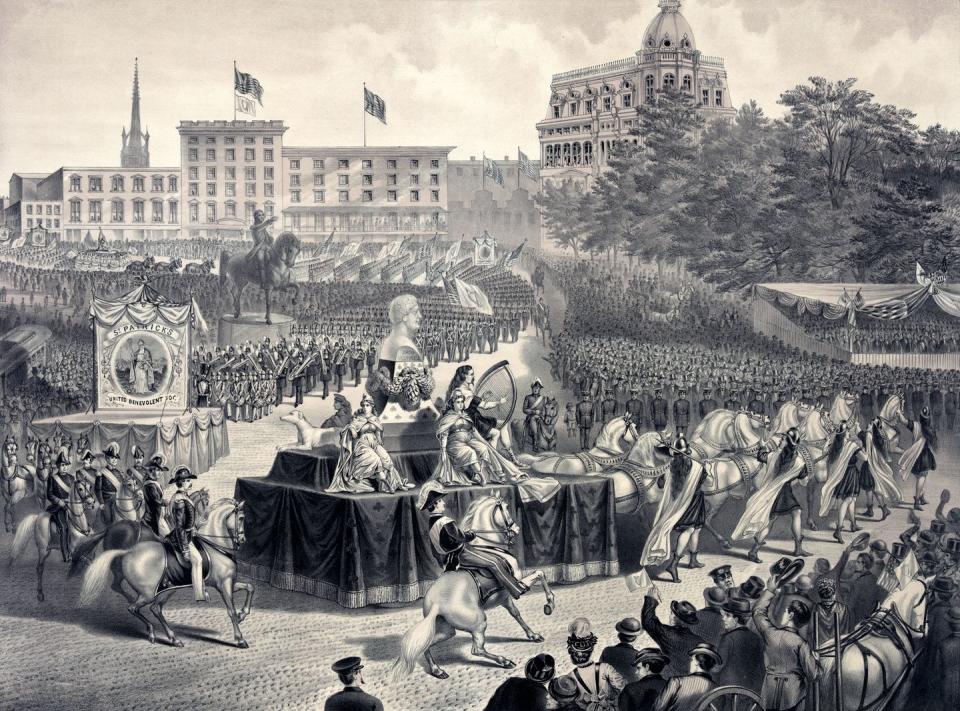
Irish immigrants in Boston held the first celebration in 1737: a dinner hosted by the newly founded Charitable Irish Society, which remains an annual tradition nearly three centuries later. In 1762, New York City held its first parade, which has become the largest and oldest St. Patrick's Day parade in the world.
The coastal city of Savannah, Georgia, has staked its claim as the St. Patrick's Day capital of the South, with celebrations dating back to 1812, while Chicago, famed for dyeing its river green since 1962, has been parading since 1843.
These American cities still offer some of the biggest celebrations dedicated to the man who allegorically drove the snakes out of Ireland. The holiday's Irish-American roots also explain why some traditional St. Patrick's Day foods, like corned beef and cabbage, are not actually Irish (the Irish prefer pork).
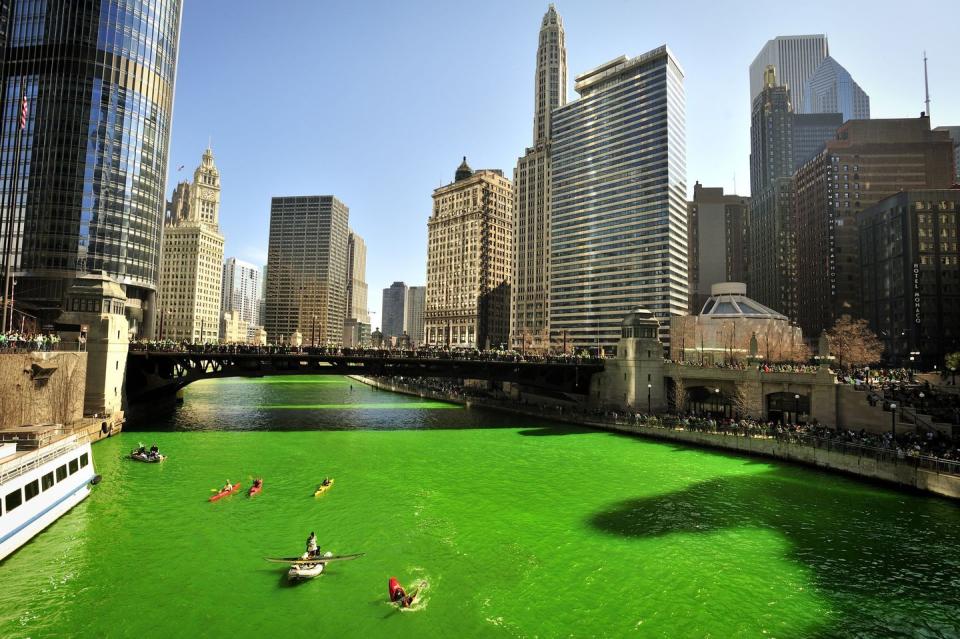
Why do we wear green on St. Patrick's Day?
It's only since the Irish Rebellion of 1798 that the shade has become associated with the holiday. Blue, which adorned the ancient Irish flag, was first identified with St. Patrick's Day. But the rebels wore green to differentiate themselves from the British, who clothed themselves in red, and the color has since come to denote Ireland and the Irish to all the world.
And, of course, shamrocks, the national plant of Ireland, add to the sea of green on March 17. Though legend holds that Saint Patrick used three-leafed shamrocks to explain the Holy Trinity, there is no historical evidence to prove it. However, the shamrock has been used as a symbol of the Emerald Isle since the late 17th/early 18th century.
Who celebrates St. Patrick's Day?
While celebrating St. Patrick’s Day in the wildly celebratory way we know today is largely the invention of Irish-Americans, Irish in the homeland have taken to it as well. In 1903, St. Patrick's Day became a public holiday in Ireland, expanding the religious celebration to the secular realm. The parades followed, starting in Waterford that same year. Today, the earliest parade in Ireland famously kicks off in Dingle just before sunup! It's attended by townsfolk and tourists alike. And in Dublin, where the first St. Paddy's Day parade was held in 1931, the party has grown to a four-day festival!
St. Patrick's Day has also spread worldwide, with celebrations in England, Canada, Argentina, Australia, New Zealand, and Japan, to name a few.
So, are leprechauns real?
Short answer: no. But the legends behind them are an important part of Irish culture. Read on.
You Might Also Like

